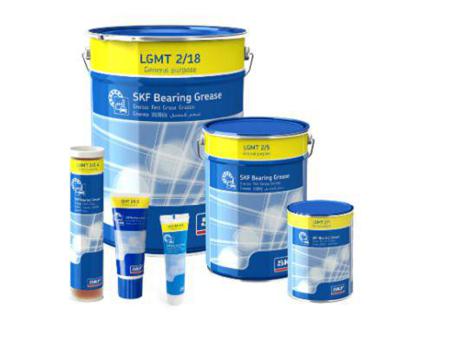Lubrication plays an indispensable role in ensuring the efficient functioning and longevity of machinery. However, with an array of greases lubricants available in the market, it becomes essential to decode and understand their differences, allowing you to make the optimal choice for your specific needs. This article aims to demystify the world of greases lubricants, providing insights to help you select the right variant.
Understanding the Basics: What is Grease Lubricant?
Grease is a semisolid lubricant that consists of a base oil, a thickener, and various additives to enhance its properties. The primary function of any grease is to reduce friction between two moving surfaces, minimising wear and tear, and preventing corrosion.
Key Components of Grease
- Base Oil: This is the main component that provides the lubricating properties. The type and viscosity of the base oil can vary, with common oils being mineral, synthetic, or even biodegradable.
- Thickener: Acting as a sponge that holds the base oil, thickeners can be made from various materials, including metal soaps, clay, or even polymers. The thickener defines the grease’s consistency.
- Additives: These are chemicals added to improve certain properties of the grease, such as resistance to oxidation, corrosion, or wear. They can also enhance the grease’s performance under specific conditions like extreme temperatures or pressures.
Deciphering Grease Consistency
The consistency of grease, which can range from very soft to very hard, is graded by the National Lubricating Grease Institute (NLGI). This grade helps users understand the physical consistency of the grease, aiding in the selection process. For instance, a lower NLGI number indicates a softer grease suitable for low-temperature applications, while a higher number implies a harder grease apt for high-temperature scenarios.
Considering Application-specific Needs
The nature of your machinery or application often dictates the type of grease required. Here are some considerations:
- Temperature: High-temperature applications demand greases that can maintain their consistency without melting or oxidising. In contrast, low-temperature operations need greases that won’t become too thick, ensuring they provide adequate lubrication.
- Load: Heavy-duty machinery, bearing significant loads, necessitates greases that can withstand the associated pressures. These greases often contain solid lubricants like graphite or molybdenum disulfide.
- Environment: If your machinery operates in a wet or corrosive environment, you’ll need a water-resistant and corrosion-inhibiting grease. Conversely, food processing machinery requires food-grade lubricants which are non-toxic and safe for incidental contact with food.
- Speed: High-speed applications might need greases with a low starting and running torque, while slow-moving machinery might require a thicker lubricant to maintain its protective layer.
Synthetic vs. Mineral-based Greases
Mineral-based Greases: Derived from crude oil, mineral greases are cost-effective and offer adequate lubrication for most general-purpose applications. However, they might not perform well under extreme conditions.
Synthetic Greases: These are chemically engineered to offer superior performance over a broader range of conditions. They usually have better stability, a wider temperature range, and improved resistance to oxidation and degradation. However, they tend to be more expensive than their mineral counterparts.
Importance of Regular Maintenance
Choosing the right grease is only part of the solution. Regular maintenance is crucial. This includes checking the condition of the grease, ensuring it hasn’t become contaminated, and re-lubricating as necessary. Neglecting this aspect can lead to machinery failure, regardless of the quality of the grease used.
Environment and Sustainability
With growing emphasis on sustainability, the lubricant industry is seeing a rise in biodegradable and environmentally friendly greases. Such greases lubricants are especially relevant for applications where there’s a risk of environmental contamination, such as forestry or marine operations.
Conclusion
Selecting the right grease lubricant is crucial for the longevity and efficient functioning of machinery. By understanding the fundamental properties and components of grease, along with the specific needs of your application, you can make an informed decision. Whether it’s a mineral-based grease for general-purpose machinery or a high-end synthetic variant for demanding applications, the key lies in choosing wisely and maintaining regularly.


